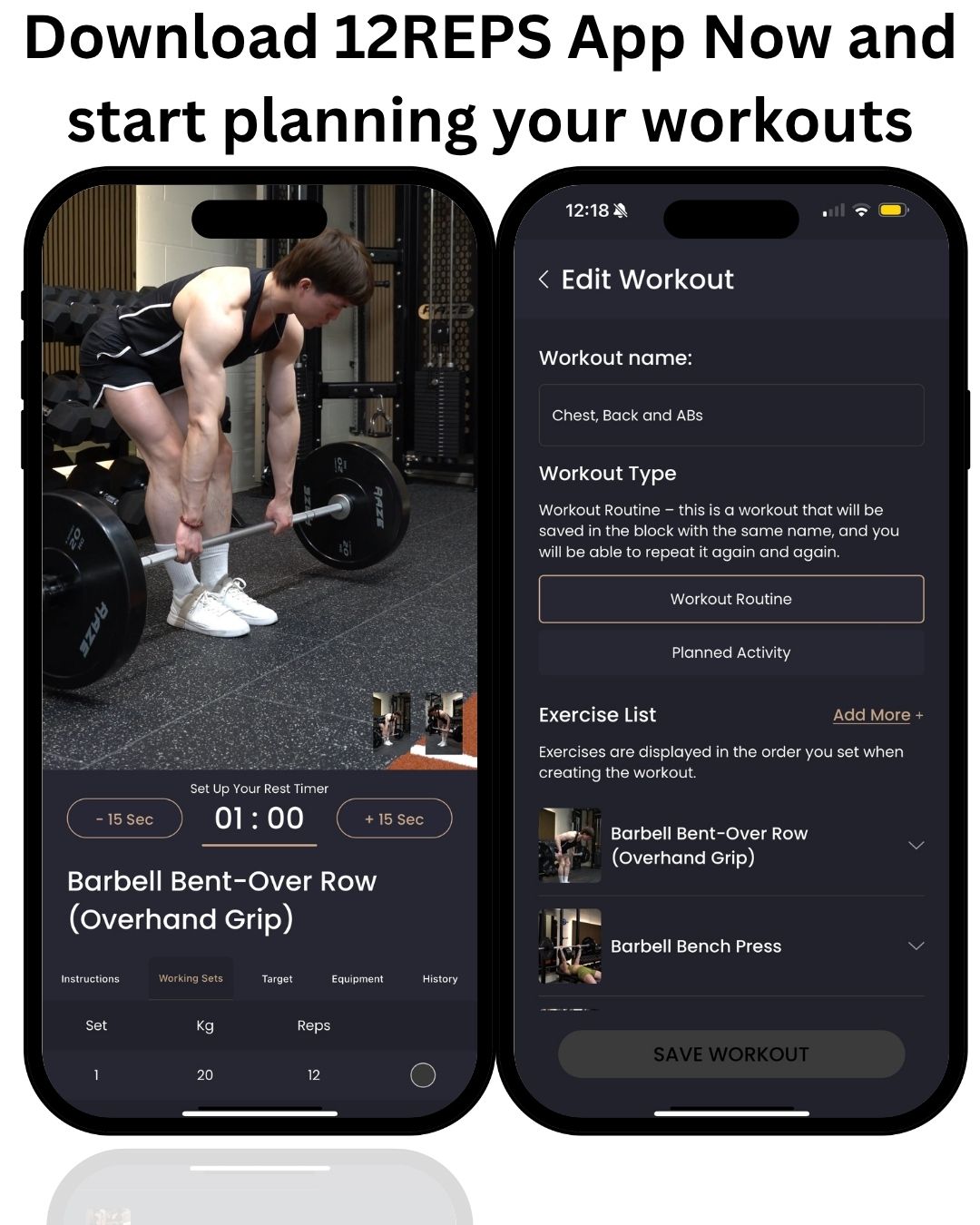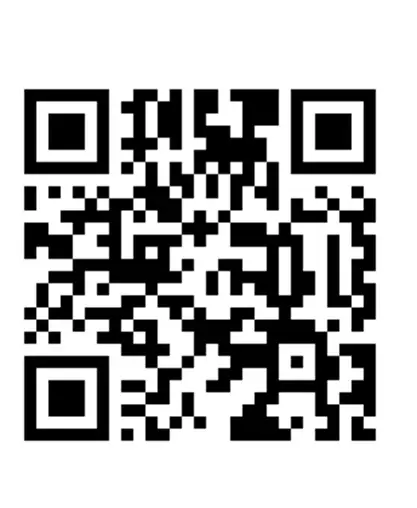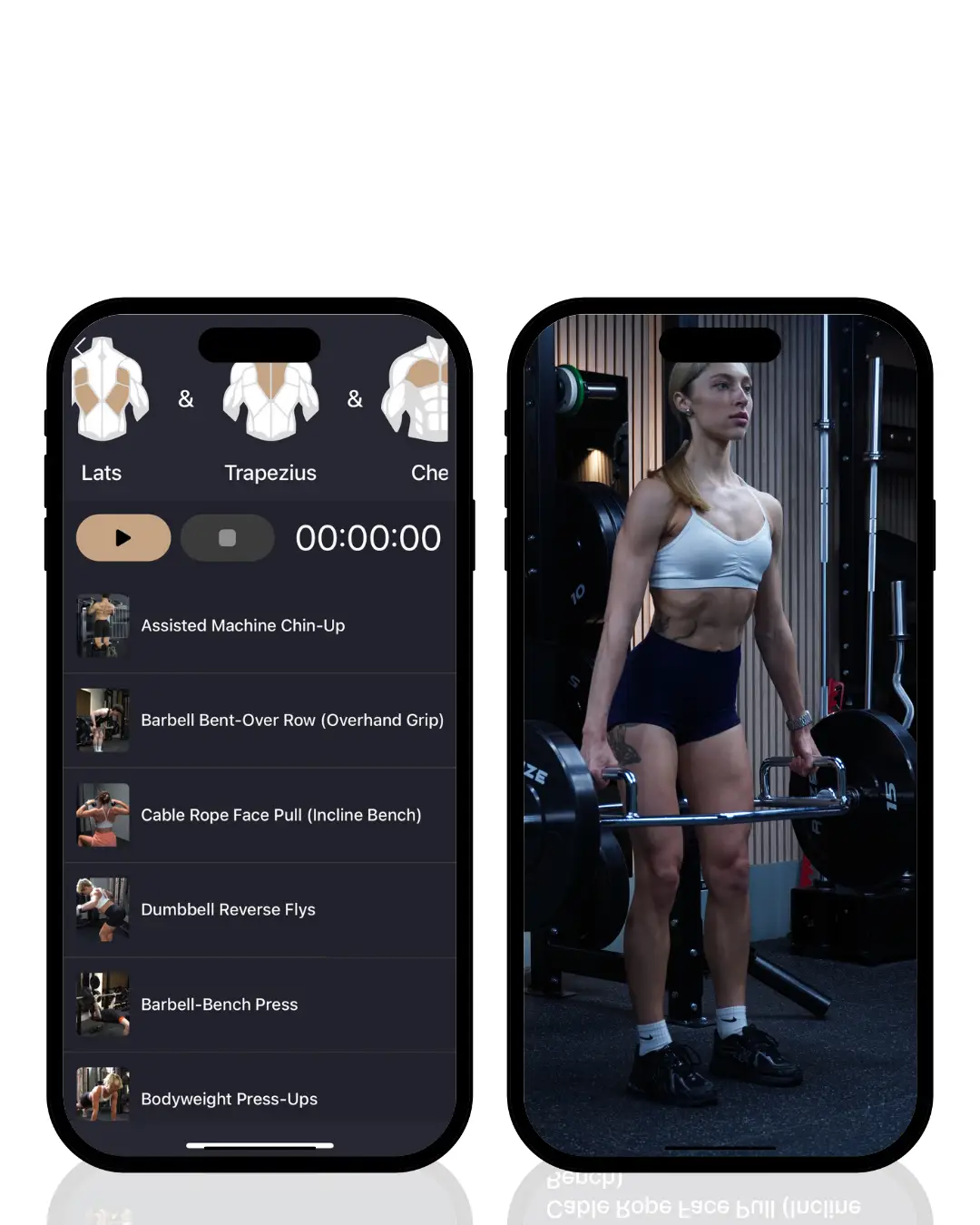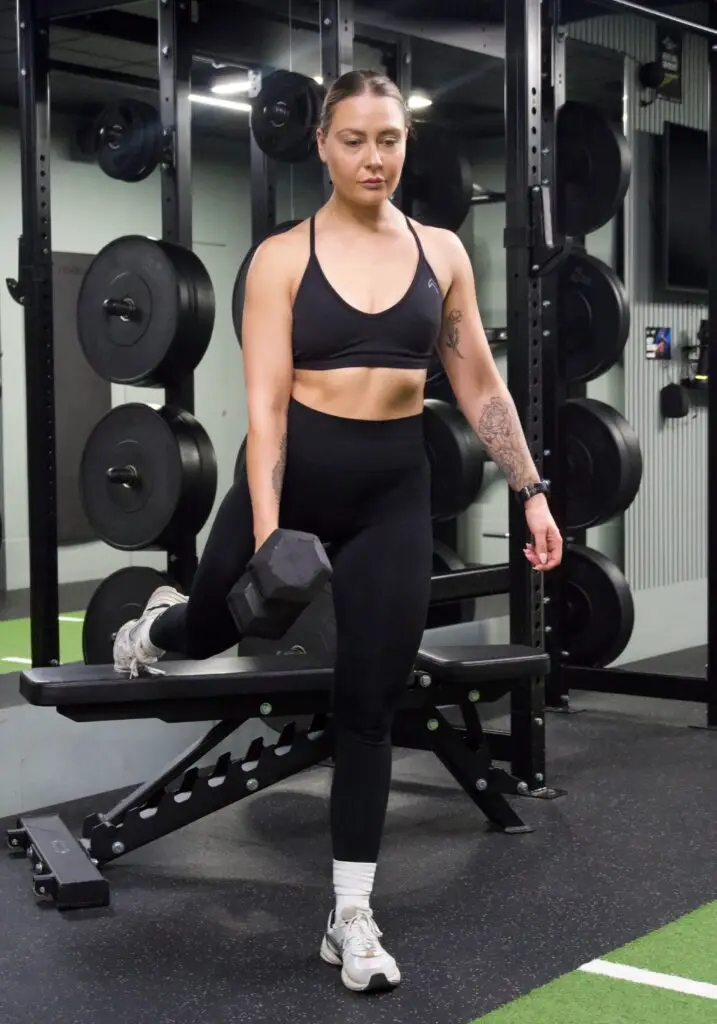Written by Will Duru, BSc (Hons) Sport and Exercise Science, award-winning Personal Trainer with over 10 years of experience in strength training and optimising recovery .
In my 10 years as a personal trainer, I have noticed something interesting about women and lower body training. Most women want strong, toned legs and glutes. They want to feel powerful when they walk upstairs or pick up their children. Yet many struggle to build the lower body strength they desire.
The problem is not a lack of effort. Women often train their legs regularly. The issue is usually poor exercise selection, muscle imbalances, or programming that does not match their goals. I have seen countless women doing endless leg extensions and calf raises, wondering why their glutes are not growing or their legs are not getting stronger.
Lower body strength is crucial for women. It affects everything from daily activities to athletic performance. Strong glutes, quads, and hamstrings prevent injuries, improve posture, and boost confidence. They also burn more calories than smaller muscle groups, helping with body composition goals.
The key is understanding how women’s lower bodies work differently from men’s. Women have wider hips, different muscle fiber types, and unique hormonal influences. This means they need specific approaches to maximise their lower body development.
This article will teach you everything you need to know about building lower body strength as a woman. I will share what I have learned from training hundreds of female clients. You will understand the anatomy, learn the best exercises, and get a complete training program.
The 12reps app makes implementing these strategies simple. It creates personalised lower body workouts based on your equipment and goals. You can track your progress and ensure you are hitting all the right muscles. Download the 12reps app to start building the strong, powerful legs you deserve.
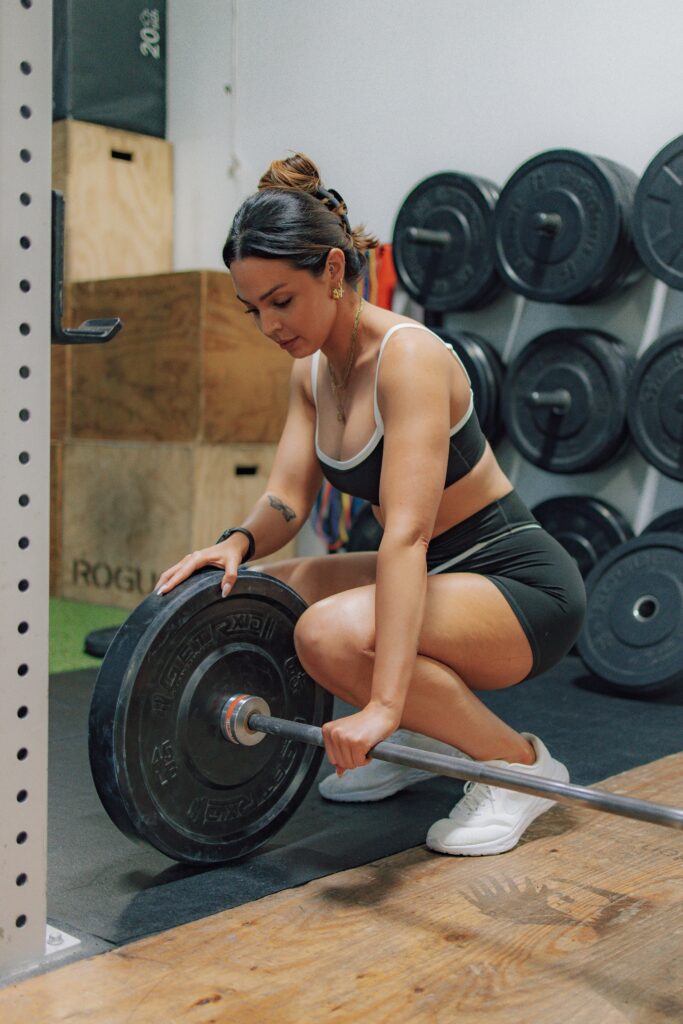
Women's Lower Body Anatomy and Function
Understanding anatomy helps explain why women need specific approaches to lower body training. The female pelvis is wider than the male pelvis. This creates different angles at the hip and knee joints. These differences affect how women move and which muscles they naturally use.
The glutes are the powerhouse of the lower body. Women often have naturally strong glutes, but modern life weakens them. Sitting for long periods shuts down glute activation. This leads to other muscles compensating, creating imbalances and inefficient movement patterns.
The gluteus maximus is the largest muscle in the body. It extends the hip and helps stabilise the pelvis. Strong glutes improve posture, reduce back pain, and enhance athletic performance. They also create the shape most women want in their lower body.
The gluteus medius and minimus are smaller but equally important. They stabilise the hip during single-leg activities like walking and running. Weak glute medius muscles cause the knee to cave inward during squats and lunges. This increases injury risk and reduces exercise effectiveness.
Quadriceps development in women requires careful consideration. The quads are four muscles on the front of the thigh. They extend the knee and help flex the hip. Women often become “quad dominant,” meaning they rely too heavily on these muscles during movement.
Quad dominance happens because women’s wider hips change the angle of force through the knee. This makes it easier to use the quads and harder to activate the glutes and hamstrings. The result is strong quads but weak posterior chain muscles.
Hamstring strength is crucial for injury prevention in women. The hamstrings are three muscles on the back of the thigh. They flex the knee and extend the hip. Women are more prone to ACL injuries, partly due to weak hamstrings relative to their quads.
The hamstring-to-quadriceps strength ratio is important for knee health. Research shows women often have lower ratios than men. This imbalance increases injury risk during sports and daily activities. Proper training can improve this ratio and reduce injury risk.
Hip structure differences affect exercise selection for women. The wider female pelvis changes the angle of the femur bone. This affects how women perform squats, deadlifts, and other lower-body exercises. Understanding these differences helps optimise exercise form and results.
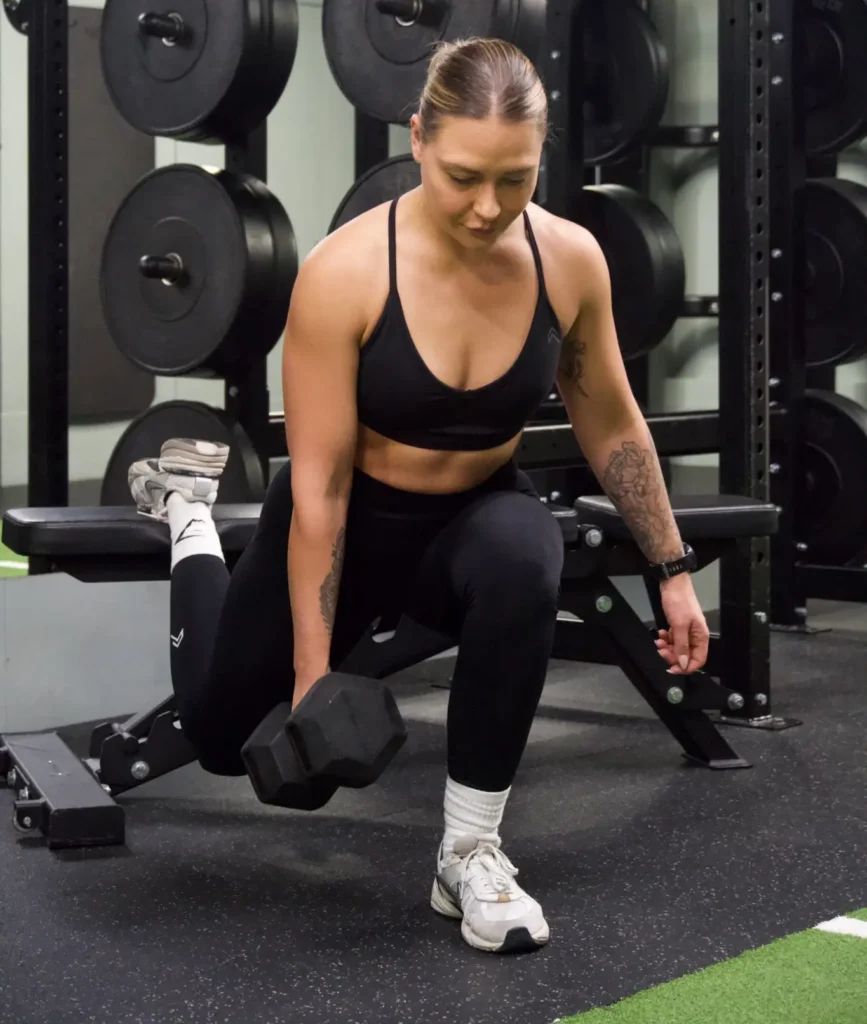
The Importance of Lower Body Strength for Women
Functional movement depends on lower-body strength. Every time you stand up from a chair, you are performing a squat. When you climb stairs, you are doing single-leg step-ups. When you pick something up from the floor, you are deadlifting. Strong legs make these daily activities easier and safer.
I have trained women who struggled to carry groceries or play with their children. After building lower body strength, they felt more capable and confident in daily life. This functional strength translates to better quality of life at any age.
Athletic performance improves dramatically with lower body strength. Whether you play recreational sports or compete at high levels, strong legs are essential. They provide the power for jumping, running, and changing direction. They also help prevent the injuries that sideline many female athletes.
Even if you are not an athlete, lower body strength enhances recreational activities. Hiking becomes easier when you have strong glutes and quads. Dancing is more enjoyable when your legs don’t tire quickly. Skiing, cycling, and other activities all benefit from lower-body power.
Injury prevention is one of the most important benefits of lower-body strength training. Women are more prone to certain injuries, particularly ACL tears and patellofemoral pain syndrome. Strong, balanced leg muscles help prevent these common problems.
Knee health depends heavily on the muscles around the joint. Weak glutes cause the knee to cave inward during movement. This places stress on the ACL and other knee structures. Strong glutes keep the knee properly aligned and reduce injury risk.
Back pain often stems from weak glutes and tight hip flexors. When the glutes are weak, other muscles must compensate. This creates tension and pain in the lower back. Strengthening the glutes and improving hip mobility can eliminate many back problems.
Metabolic benefits come from training large muscle groups. The legs contain some of the biggest muscles in the body. Training them burns more calories during and after exercise. This helps with weight management and body composition goals.
Lower body training also improves insulin sensitivity and glucose metabolism. Large muscle groups are major sites of glucose uptake. Regular leg training helps regulate blood sugar and improves metabolic health.
Aesthetic benefits motivate many women to train their lower bodies. Strong, toned legs and glutes create the shape most women desire. But the aesthetic benefits go beyond appearance. They reflect the functional strength and health underneath.
Confidence grows when women feel strong and capable. I have seen clients transform not just their bodies but their entire outlook on life. They stand taller, move with more purpose, and tackle challenges they previously avoided. This confidence boost is one of the most rewarding aspects of my job as a trainer.

Programming Women's Lower Body Training
Frequency recommendations for lower body training depend on experience and goals. Beginners should start with 2 sessions per week. This provides enough stimulus for adaptation while allowing adequate recovery. More experienced trainees can handle 3 sessions per week.
I rarely recommend training legs more than 3 times per week for most women. The lower body contains large muscle groups that require more recovery time. Overtraining leads to poor performance and increased injury risk.
Volume and intensity considerations are crucial for women’s lower body training. Volume refers to the total amount of work performed. Intensity refers to how hard you work relative to your maximum capacity.
Beginners should start with lower volumes and intensities. This allows the body to adapt gradually and reduces injury risk. A good starting point is 8-12 sets per week for major muscle groups.
Balancing compound and isolation exercises is important for optimal results. Compound exercises should form the foundation of any program. They work multiple muscle groups simultaneously and provide the most bang for your buck.
The 12reps app handles all this programming complexity automatically. It adjusts volume, intensity, and exercise selection based on your progress and goals. The app ensures you are always training optimally without having to think about the details. Check it out at the 12Reps app for personalised lower body programming.

Common Lower Body Training Mistakes and Solutions
Quad dominance is the most common issue I see in women’s lower body training. This occurs when the quadriceps muscles take over during exercises that should primarily use the glutes and hamstrings. The result is strong quads but weak posterior chain muscles.
Signs of quad dominance include knee pain, tight hip flexors, and difficulty feeling the glutes during exercise. Women with this pattern often complain that they only feel squats and lunges in their quads, not their glutes.
The solution involves glute activation exercises before training. I have clients perform clamshells, glute bridges, and fire hydrants to wake up their glutes. This primes the nervous system to use the glutes during main exercises.
Knee valgus is another common problem in women’s lower body training. This occurs when the knees cave inward during squats, lunges, and other exercises. It increases injury risk and reduces exercise effectiveness.
Inadequate hamstring development is common in women who focus too much on quad-dominant exercises. The hamstrings are crucial for knee health and athletic performance, but they are often neglected in favor of more “showy” exercises.
The 12reps app addresses many of these common mistakes automatically. It selects exercises based on your available equipment and provides form cues for proper execution. The app also tracks your progress to ensure balanced development across all muscle groups. Download it at 12reps app to avoid these common pitfalls and maximise your results.
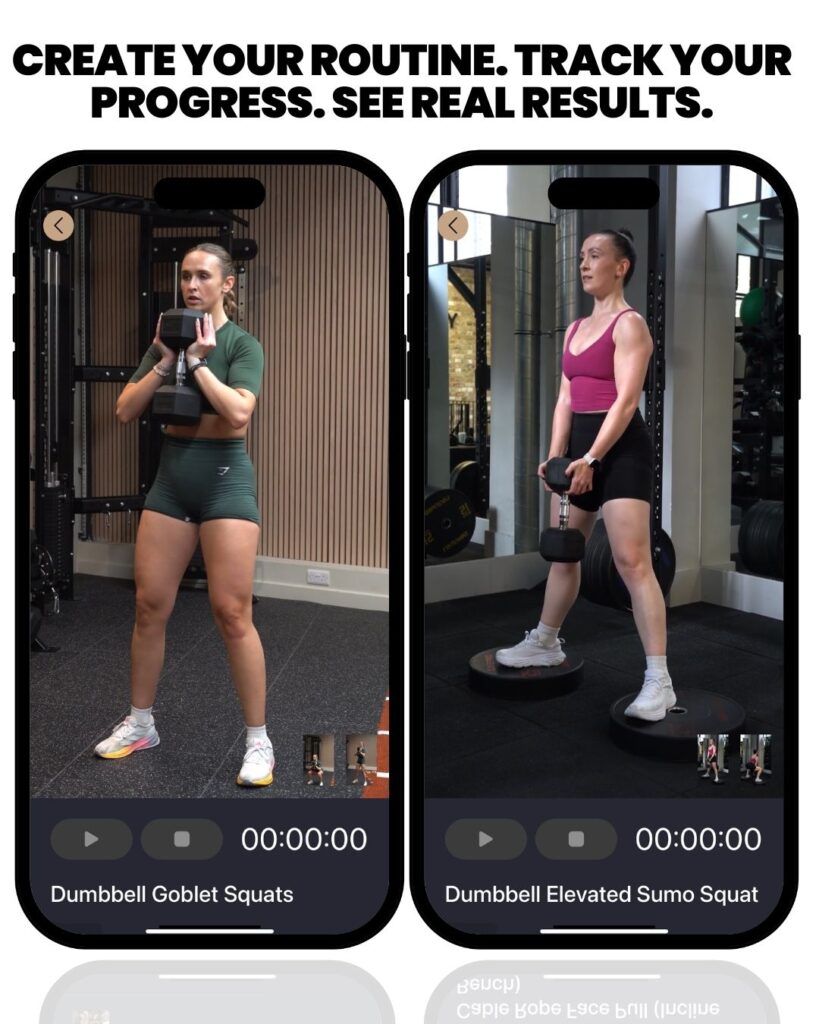
6-Week Lower Body Strength Training Program for Women
This program is designed specifically for women’s lower body development. It progresses from bodyweight foundations to weighted exercises with supersets. Each phase builds on the previous one, ensuring continuous progress and adaptation.
The program follows a 3-day-per-week schedule with rest days between sessions. This allows adequate recovery while providing enough stimulus for growth. All phases include supersets to maximise efficiency and results.
Week 1: Foundation Building – Bodyweight Focus
Day 1: Glute Focus
Exercise A | Sets | Reps | Rest | Exercise B (Superset) | Sets | Reps | Rest |
Glute Bridges | 4 | 15-20 | 30s | Clamshells | 3 | 12 each | 60s |
Bodyweight Squats | 4 | 12-15 | 30s | Fire Hydrants | 3 | 10 each | 60s |
Single-leg Glute Bridges | 4 | 8 each | 30s | Wall Sit | 3 | 20-30s | 60s |
Day 2: Quad & Hamstring Focus
Exercise A | Sets | Reps | Rest | Exercise B (Superset) | Sets | Reps | Rest |
Bodyweight Squats | 4 | 15-20 | 30s | Single-leg RDL | 3 | 8 each | 60s |
Reverse Lunges | 4 | 10 each | 30s | Hamstring Slides | 3 | 10-12 | 60s |
Lateral Lunges | 4 | 8 each | 30s | Calf Raises | 3 | 15-20 | 60s |
Day 3: Full Lower Body
Exercise A | Sets | Reps | Rest | Exercise B (Superset) | Sets | Reps | Rest |
Squat to Stand | 3 | 12-15 | 30s | Glute Bridges | 3 | 15-20 | 60s |
Forward Lunges | 3 | 8 each | 30s | Single-leg Calf Raises | 3 | 10 each | 60s |
Sumo Squats | 3 | 12-15 | 30s | Lateral Leg Raises | 3 | 12 each | 60s |
Download the 12Reps app to see all exercise demos
Weeks 2-3: Strength Building – Bodyweight + Weight Supersets
Day 1: Glute Focus
Exercise A | Sets | Reps | Rest | Exercise B (Superset) | Sets | Reps | Rest |
Hip Thrusts (bodyweight) | 4 | 12-15 | 30s | Dumbbell Deadlifts | 4 | 8-12 | 90s |
Goblet Squats | 4 | 10-12 | 30s | Lateral Walks (band) | 4 | 10 each | 90s |
Single-leg Hip Thrusts | 4 | 6-8 each | 30s | Dumbbell Step-ups | 4 | 8 each | 90s |
Day 2: Quad & Hamstring Focus
Exercise A | Sets | Reps | Rest | Exercise B (Superset) | Sets | Reps | Rest |
Bodyweight Squats | 4 | 15-20 | 30s | Romanian Deadlifts | 4 | 8-12 | 90s |
Reverse Lunges | 4 | 10 each | 30s | Dumbbell Hamstring Curls | 4 | 10-15 | 90s |
Jump Squats | 4 | 8-10 | 30s | Dumbbell Calf Raises | 4 | 12-15 | 90s |
Day 3: Full Lower Body
Exercise A | Sets | Reps | Rest | Exercise B (Superset) | Sets | Reps | Rest |
Sumo Squats | 4 | 12-15 | 30s | Dumbbell Sumo Deadlifts | 4 | 8-12 | 90s |
Walking Lunges | 4 | 8 each | 30s | Kettlebell Swings | 4 | 15-20 | 90s |
Single-leg Squats | 4 | 5 each | 30s | Dumbbell Lateral Lunges | 4 | 8 each | 90s |
Download the 12Reps app to see all exercise demos
Weeks 4-6: Power Development – Higher Volume with Weights
Day 1: Glute Focus
Exercise A | Sets | Reps | Rest | Exercise B (Superset) | Sets | Reps | Rest |
Dumbbell Hip Thrusts | 5 | 12-15 | 30s | Jump Squats | 5 | 8-10 | 90s |
Kettlebell Deadlifts | 5 | 10-12 | 30s | Lateral Walks (band) | 5 | 12 each | 90s |
Dumbbell Step-ups | 4 | 10 each | 30s | Single-leg Glute Bridges | 4 | 10 each | 90s |
Dumbbell Sumo Squats | 4 | 12-15 | 30s | Fire Hydrants | 4 | 12 each | 90s |
Day 2: Quad & Hamstring Focus
Exercise A | Sets | Reps | Rest | Exercise B (Superset) | Sets | Reps | Rest |
Goblet Squats | 5 | 15-20 | 30s | Romanian Deadlifts | 5 | 10-15 | 90s |
Dumbbell Lunges | 5 | 10 each | 30s | Single-leg RDL | 5 | 8 each | 90s |
Kettlebell Squats | 4 | 12-15 | 30s | Hamstring Slides | 4 | 12-15 | 90s |
Jump Lunges | 4 | 8 each | 30s | Dumbbell Calf Raises | 4 | 15-20 | 90s |
Day 3: Full Lower Body
Exercise A | Sets | Reps | Rest | Exercise B (Superset) | Sets | Reps | Rest |
Kettlebell Sumo Deadlifts | 5 | 12-15 | 30s | Bodyweight Squats | 5 | 15-20 | 90s |
Dumbbell Walking Lunges | 5 | 10 each | 30s | Kettlebell Swings | 5 | 15-20 | 90s |
Dumbbell Lateral Lunges | 4 | 10 each | 30s | Single-leg Calf Raises | 4 | 10 each | 90s |
Dumbbell Thrusters | 4 | 8-12 | 30s | Lateral Leg Raises | 4 | 12 each | 90s |
Program Notes
- Rest 1 day between each training session
• Progress by adding reps, then sets, then weight
• Focus on proper form over heavy weight
• Complete Exercise A, rest 30 seconds, then complete Exercise B, rest 90 seconds before repeating
• Use the 12reps app to track your progress and log workouts
• The app will help you select appropriate weights based on your strength levelExercise Demonstrations:
All exercises in this program are demonstrated in the 12reps app with proper form cues and modifications. The app adapts the program based on your available equipment and tracks your progress automatically.Download the 12reps app at just12reps.com to access:
• Video demonstrations of every exercise
• Automatic workout logging and progress tracking
• Personalised weight recommendations based on your equipment
• Equipment-based workout modifications
• Progress photos and strength tracking features
• Customised programs based on your body part focus and mood
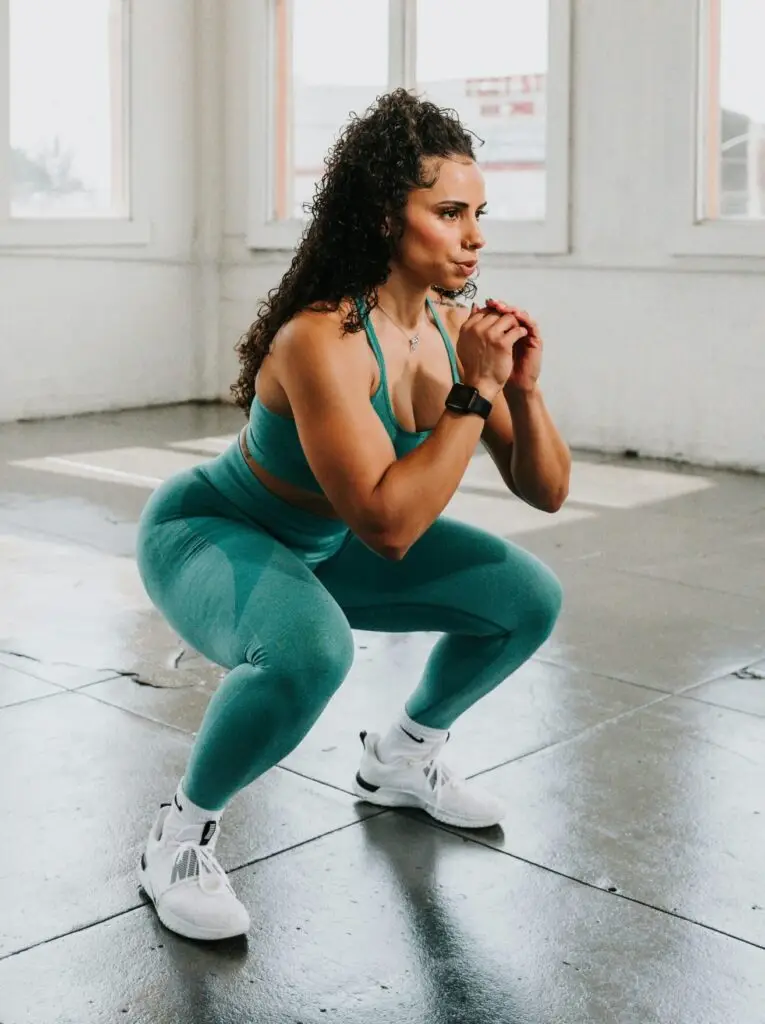
Conclusion
Lower-body strength is the foundation of women’s fitness and health. Strong glutes, quads, and hamstrings improve daily function, prevent injuries, and boost confidence. They also provide the power for athletic activities and recreational pursuits.
The key to success is understanding women’s unique anatomy and training needs. Addressing quad dominance, activating the glutes, and balancing strength across all muscle groups are crucial for optimal results.
Consistency is more important than perfection. Following a well-designed program for 6 weeks will produce better results than jumping between different workouts every week. Focus on progressive overload and proper form rather than chasing the latest trends.
As a personal trainer and sports scientist, I have seen hundreds of women transform their lower bodies and their lives. The potential is there for every woman reading this article. The only question is whether you will commit to the process.
The 12reps app makes this commitment easier than ever. It provides personalised lower body workouts, tracks your progress, and adapts as you get stronger. The app takes the guesswork out of training and ensures you are always working toward your goals.
Your lower body transformation starts today. Download the 12reps app at just12reps.com and discover the strength and confidence that comes from powerful legs and glutes. Your future self will thank you for taking this step.
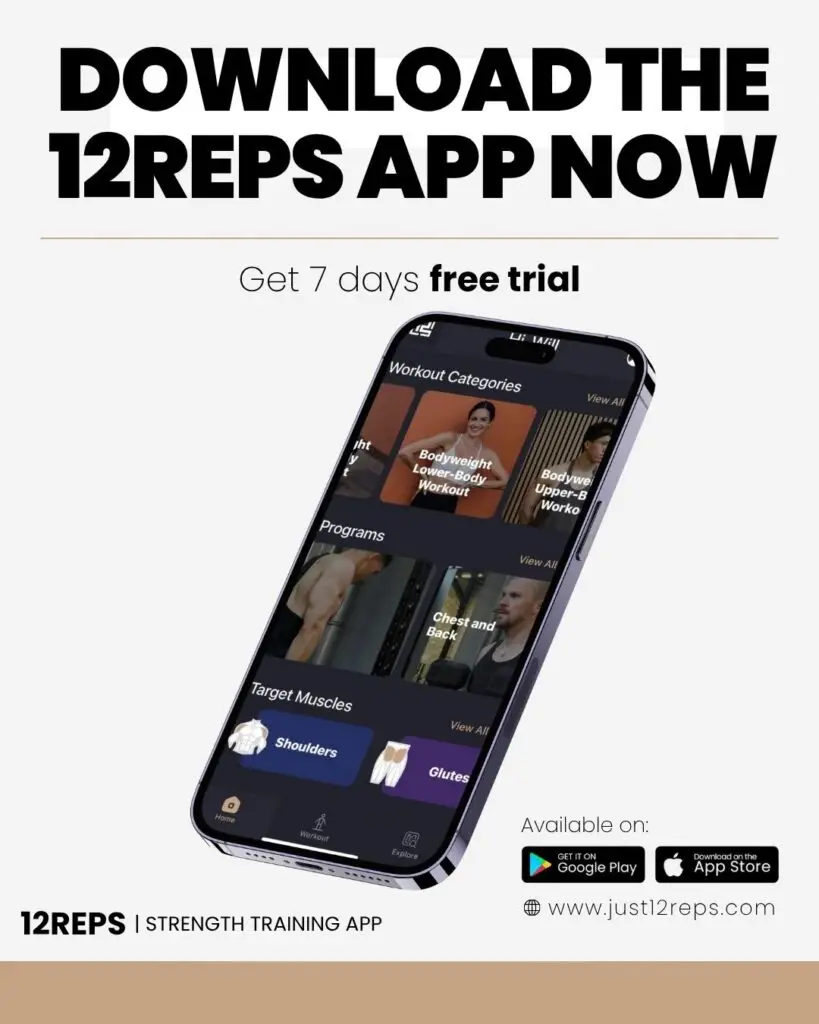
References
- Barbalho, M., et al. (2020). Back squat vs. hip thrust resistance-training programs in well-trained women. International Journal of Sports Medicine, 41(5), 306-310.
2. Dorgo, S., et al. (2012). Comparison of lower body specific resistance training on the hamstring to quadriceps strength ratios in men and women. Research Quarterly for Exercise and Sport, 83(2), 143-151.
3. Glaviano, N.R., & Saliba, S. (2022). Differences in gluteal and quadriceps muscle activation during weight-bearing exercises between female subjects with and without patellofemoral pain. Journal of Strength and Conditioning Research, 36(1), 162-168.


